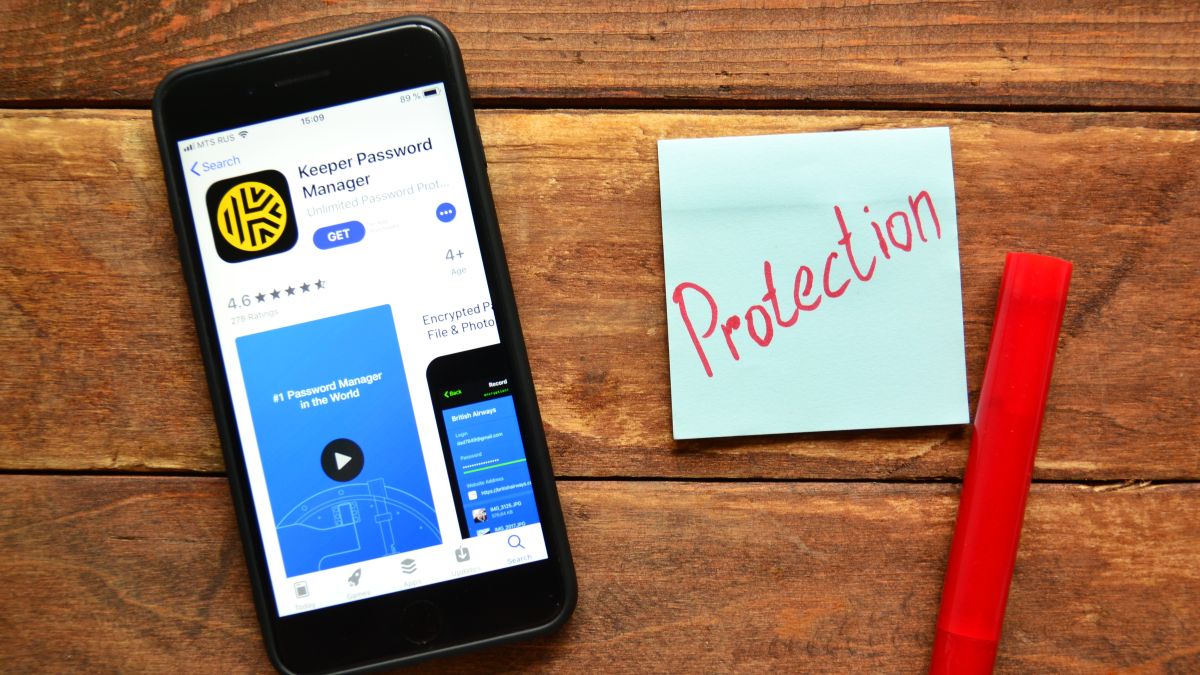How to Use Windows Security to Keep Your PC Protected
For many years, Windows users had to rely on a third-party security tool to keep viruses and malware at bay, but now Microsoft’s operating system comes with its own package, in the form of Windows Security.
It’s designed to run quietly and efficiently in the background, and you might not have even noticed it’s there—but it’s important to know how it’s keeping your computer safe, and the various options it gives you.
While you can add extra security software to Windows if you want, Windows Security should keep you well protected from danger. You can open it from the Start menu or by clicking its icon in the notification area.
Finding Your Way Around
Open the main Windows Security dashboard and you should see a grid of icons, all with reassuring green check marks next to them—if something needs your attention, these check marks will be replaced by yellow exclamation marks. You can click on any of the items on the grid, from Virus & threat protection to Protection history, to jump to the relevant section inside the app.
The navigation pane on the left gives you another way of jumping between the various parts of Windows Security: The Home option is the one to go back to if you need to return to the main dashboard. Choose Account protection, for example, for options relating to your Microsoft account and to the way you sign in to Windows on your computer (including face and fingerprint recognition, if available).
Firewall & network protection is where you can monitor the firewall put up around Windows, for devices on your local network and in terms of the wider internet. If you decide to install a third-party security package, Windows Security can monitor this too and make sure everything is working correctly—if no firewall is active, you’ll see an on-screen warning.
Choose Settings from the left-hand navigation bar to customize various aspects of Windows Security: These are mainly around the notifications the program displays, and any third-party security software you’ve installed. You’re also able to click Protection history here to see what Windows Security has been up to recently, whether…


